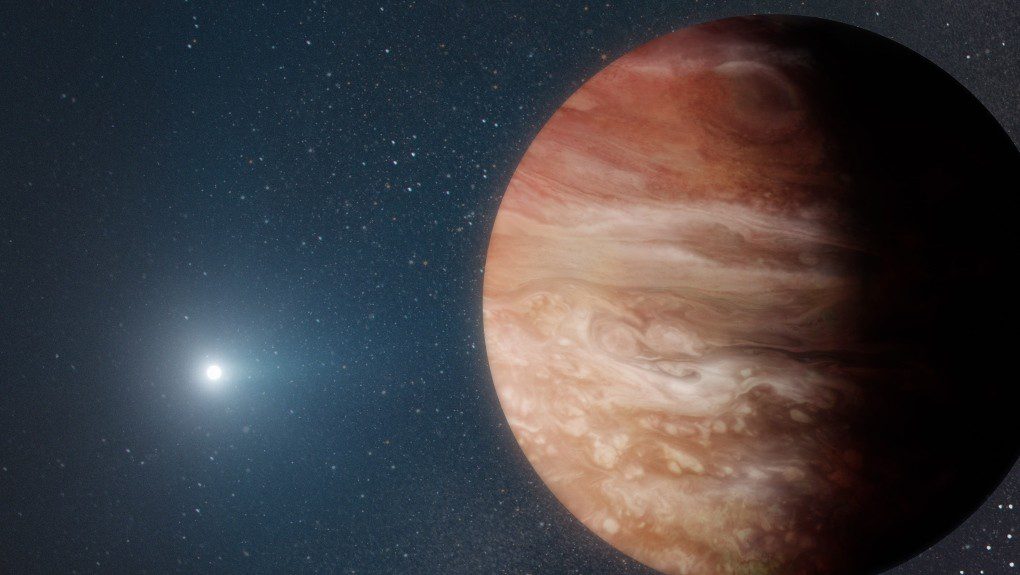Rocky & Icy Bodies Identified in the Debris Found on the Surface of a White Dwarf star “Bring out your Dead!” sounds in the air in “Holy Grail & Python Monty,” an iconic movie about Monty Python and the Holy Grail. It is a fun parallel to what’s taking place in the vicinity of a white dwarf planetary star. The dead star “rings” its bell, calling out for the “dead,” who will then follow it. After a Sunlike star has worn out its nuclear energy and expended maximum of its outside materials, the white dwarf is what remains. It decimates all objects in the solar system around it. A group of unpredictable orbiting players is left, but despite their protestations that “they aren’t dead yet!” they will eventually be captured and taken to the central star.
How do we know this? The star consumes the bodies leaving “fingerprints” on its surface – captured by Telescope Hubble Space, NASA observatories, and others. The spectral indication shows the white dwarf siphoning off the two rock-metallic, debris from both its internal and external reaches. It’s intriguing to find proof of an icy body, as it suggests that a “water reservoir”, or a place where water is stored, might exist on the edge of planetary systems. This will increase the chances of life as it exists today.
Dead Star is Found Rapping Up Planetary System
The death throes of a star have caused such a disruption to its planetary system, that the star left behind (known as a white dwarf) is now siphoning debris from the system’s inner as well as outer reaches. Astronomers have never seen a white dwarf star consume both rocky-metallic as well as icy material, which is crucial for the creation of planets.
The case of cosmic cannibalism was solved by NASA’s Hubble Space Telescope archives & other NASA observatories. These observations can be used to define the violent nature of evolved planetary systems and provide insight for astronomers into the formation of new systems.
These findings were based on the study of material captured in an atmosphere of G238-44, a nearby white dwarf star. After a star loses its outside layers & ceases to burn fuel by nuclear fusion, a white dwarf is what remains. Ted Johnson, a lead researcher at the California University, Los Angeles (UCLA), who recently graduated with a bachelor’s degree said that “We have never seen these types of objects accreting onto white dwarfs simultaneously.” “By studying white dwarfs, it is possible to gain a well understanding of planetary systems that remain intact.”
Demolition Derby
The transformation between a white dwarf and red giant star phases of the planetary system is described as chaotic by theories of planetary evolution. The outer layers of the star are quickly lost & the paths of its planets change greatly. Small objects, including asteroids & dwarf planets, can get too close to large planets and send them plummeting towards the star. This study shows that the star can simultaneously consume and capture material from its Kuiper belt-like regions and its asteroid belt.
The white dwarf’s final mass might not be more than that of an asteroid, small moon, or other similar objects. It isn’t possible to determine whether the white dwarf has consumed at a minimum two objects, but it’s probable that is one metal-rich such as an asteroid or another is an infrared body similar to the Kuiper belt.
Even though astronomers have cataloged above Five thousand exoplanets so far, Earth is the one planet that we know its inner makeup. White dwarf cannibalism offers a rare opportunity to take planets apart and examine their interiors.
